

საზოგადოებრივი ოქროს საწმისი 2019, 25 დეკემბერი, 5:23 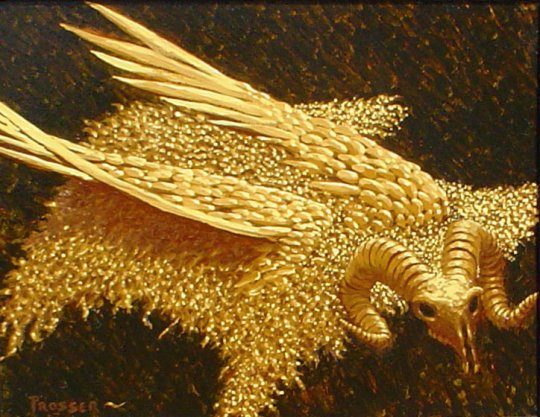
ოქროს ვერძი იყო მითიური ცხვარი, რომელიც ქვეყანას მოევლინა ზღვათა და ოკეანეთა ღმერთის, პოსეიდონისა და ცხვრის შეჯვარების შედეგად. ღრუბელთა ქალღმერთმა ნეფელემ, გმირ ათამანტის პირველმა ცოლმა, ფრიქსესა და ჰელეს დედამ სწორედ ეს ცხვარი გამოუგზავნა თავის შვილებს დიდი ხიფათისგან დასაცავად, როცა მათმა ბოროტმა დედინაცვალმა ინომ ნეფელეს შვილების დაღუპვა მოინდომა და გვალვისგან ქვეყნის დასახსნელად მათი დაკვლა გადაწყვიტა, ღრუბლის სახით მოვლენილმა დედამ შვილები გადაარჩინა. 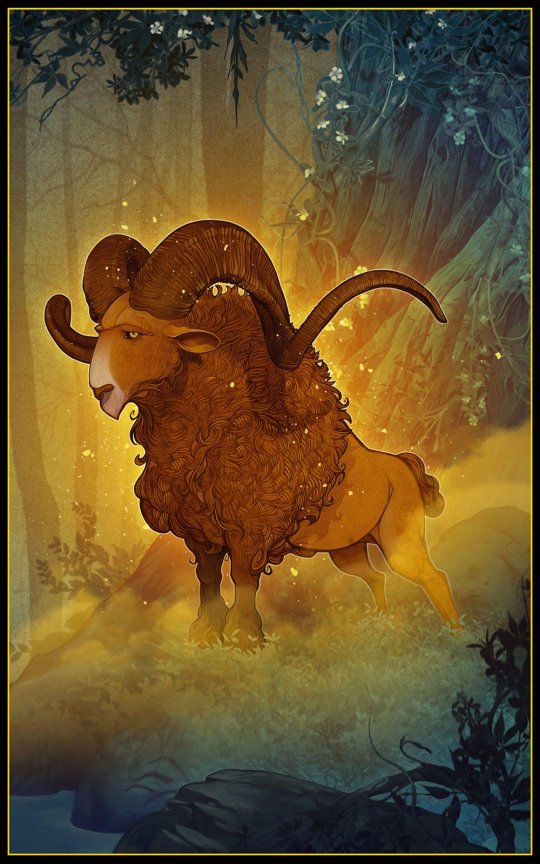
პოსეიდონის დიდებული შვილის - ოქროს ვერძის ზურგზე შესვა და კოლხეთს გაამგზავრა. კოლხეთისკენ მოგზაურობისას შავი ზღვის გადაკვეთის დროს ჰელე გადავარდა და დაიხრჩო სრუტეში, რომელსაც მისი სახელი ეწოდა, ფრიქსე კი ჩავიდა აიეტთან, მისი გადამრჩენელი ოქროს ვერძი ფიქსიოსს - ლტოლვილთა მფარველ ზევსს შესწირა და მისი წმინდა ტყავი - ოქროს საწმისი დაჰკიდეს კოლხეთში მდებარე არესის ჭალაში. სწორედ ეს ტყავი იქცა შემდგომში არგონავტების ლაშქრობის მიზეზად და მიზნად. 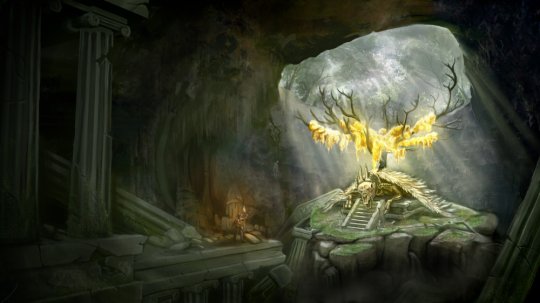
მცველად ამ განძს აიეტმა დიდებული კოლხური დრაკონი - ხოლკიკოსი მიუჩინა, რომელიც შემდგომში მედეამ შელოცვით (ან ორფევსმა ქნარით) ჩააძინა. მითში უდავოდ აისახა ისტორიული სინამდვილე. კოლხეთი ცნობილი იყო ოქროს ქვიშით, რომლის მოპოვების საიდუმლოსაც ბერძნები დაეძებდნენ. შესაძლოა საწმისი ან ბეწვი იყო, მიმნერმეს "დიდი საწმისი" ("მეგა კოასი", ფრაგ. 11), რითაც ოქროს გამორჩევა ხდებოდა, ან - წიგნი, რაშიაც ოქროს მოპოვების წესი იყო აღწერილი. 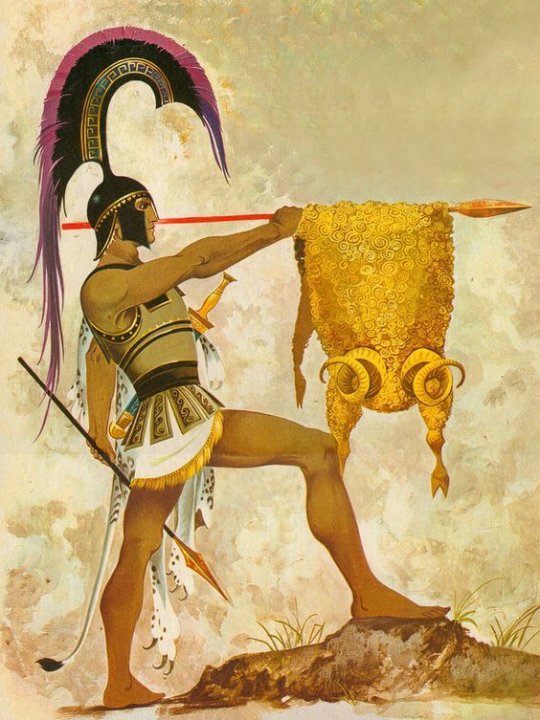
ოქროს საწმისი, როგორც პოეტური ტერმინი, სიმდიდრის სინონიმი, საოცნებო განძეულის სიმბოლო, ისევე როგორც მდიდარი, ძლიერი და განათლებული ქვეყნის, კოლხეთის ძვ. საქართველოს სახელი, მთელმა ცივილიზებულმა მსოფლიომ იცოდა ათასწლედების განმავლობაში და თუ ვინმე ამას უგულებელყოფს, ეს ან უმეცრების შედეგია, ან სულიერი უმწეობით ფაქტის უგულებელყოფისა (მაგალითად, მატე მაიორის "არქიტექტურის ისტორიის", I ტომის გერმანულ თარგმანს 1977 წ. დაერთო რუკა, რომელზედაც არ არის დატანილი ოქროს საწმისი ქვეყანა - კოლხეთი - ის, რაც 100 წლის წინანდელ, გერმანიაში გამოცემულ ატლასებსა და ყველა სხვა ანალოგიურ ისტორიულ რუკაზე აღნიშნულია. პინდ. პით. 4, 70); სვანეთში შემორჩა ოქროს მოპოვების წესი ცხვრის წყავით. ვანის და დასავლეთ საქართველოს სხვა სამარხებში ასობით ოქროს კოლხური ნივთია ნაპოვნი. არქეოლოგებმა მითი რეალობად აქციეს. წყარო: აკაკი გელოვანი. "მითოლოგიური ლექსიკონი". 1983. 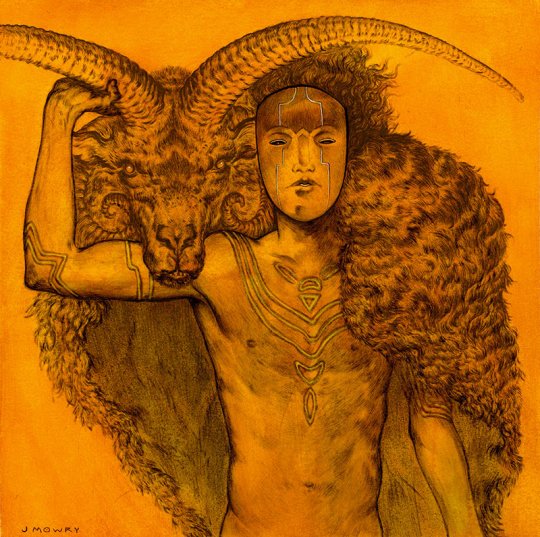
კრებულები:1. ქართველური ტომები2. ქართული სახელმწიფოები3. კავკასიური კულტურები4. საქართველო5. საქართველო (მეორე ნაწილი)6. ნაციზმი7. ჰიტლერი8. რელიგია9. პარანორმალი10. მეცნიერება11. მეცნიერება (ნაწილი მეორე)12. ქართული მითოლოგიაავტორი: თორნიკე ფხალაძე852 3-ს მოსწონს |
ზოდიაქოს ნიშანი "ვერძი" მოდის კოლხური ოქროს საწმისიდან. მისი სახელობის ზოდიაქოს ნიშანია. ძველ დროში მიიჩნეოდა რომ ამ ნიშნის ქვეშ დაბადებულები არიელები (ღირსეულები, დაწინაურებულები) იყვნენ. ამ ნიშანს პლანეტა მარსი განაგებს...
"Aries is the first astrological sign in the Zodiac, named for the constellation of Aries, called "The Ram" in the Greek tradition, after the golden ram that rescued Phrixos, taking him to the land of Colchis. Individuals born when the Sun was in this sign are considered "Aries individuals" or "Arians". In Western astrology, Aries is considered a "masculine", positive (extrovert) sign. It is also considered a fire sign, and is one of four cardinal signs. Aries is ruled by the planet Mars.
There were 1800 semi-independent states in the Holy Roman empire (800–1806 AD.). It was a great Central European Germanic Reich. The states that composed the Empire, while enjoying a unique form of territorial authority (called Landeshoheit) that granted them many attributes of sovereignty, were never fully sovereign states as the term is understood today. In the 18th century, the Holy Roman Empire consisted of approximately 1800 such territories - states, the majority being tiny estates owned by the families of Imperial Knights. Empire was destroyed by Napoleon.
Duchy of Burgundy (918–1482) was totally independent state, but sometimes it was the part of the Holy Roman empire and semi-independent.
Philip the Good (French: Philippe le Bon; Dutch: Filips de Goede; 31 July 1396 – 15 June 1467) was Duke of Burgundy from 1419 until his death. **He became the 1st Grand Master and Knight of the Order of the Golden Fleece and the founder of this great order, as he announced himself as a descendant of the Colchian Medea and Greek Jason.
The Distinguished Order of the Golden Fleece (Spanish: Insigne Orden del Toisón de Oro, German: Orden vom Goldenen Vlies) is a Catholic order of chivalry founded in Bruges by Philip the Good, Duke of Burgundy, in 1430, to celebrate his marriage to Isabella of Portugal. Today, two branches of the order exist, namely the Spanish and the Austrian Fleece; the current grand masters are Felipe VI, King of Spain and Karl von Habsburg, head of the House of Habsburg-Lorraine, respectively. The Grand Chaplain of the Austrian branch is Cardinal Christoph Schönborn, Archbishop of Vienna.
The Golden Fleece, and particularly the Spanish branch of the order, has been referred to as the most prestigious and historic order of chivalry in the world. De Bourgoing wrote in 1789 that "the number of knights of the Golden Fleece is very limited in Spain, and this is the order, which of all those in Europe, has best preserved its ancient splendour". Each collar is fully coated in gold, and is estimated to be worth around €50,000 as of 2018, making it the most expensive chivalrous order. Current knights of the order include Queen Elizabeth II, Emperor Akihito of Japan, former Tsar Simeon of Bulgaria, and Queen Beatrix of the Netherlands, amongst 13 others. Knights of the Austrian branch include 33 noblemen and princes of small territories in Central Europe, most of them of German or Austrian origin.